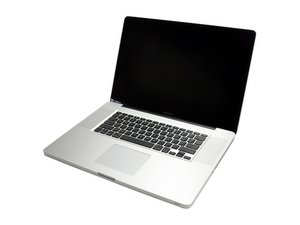SSD in optical bay recognition problem
Hey there,
I put a SanDisk SDSSDHP256G in the optical bay SATA hard drive enclosue in my late 2011 MBP.
(1) On start up there is a error massage that the drive couldn't be initialized. So in the disk utility I format the SSD to journaled (extended) and when I restart, the same problem occurs and the SSD is unformatted again.
(2) When I use the Partition Tab and apply one partition, after a restart the SSD isn't being recognized and even won't show up in the Disk Utility!
With a SMC + a PRAM/NVNRAM reset the SSD will be in state (1) again.
Any help or suggestions?
I run Mountain Lion with the latest updates.
P.S. I put the same SSD model into an early 2008 MacBook and that just works fine.
Esta é uma boa pergunta?



 35
35  329
329  970
970 

1 comentário
Okay, so I took the optical bay with the drive out of the MBP started up the computer, connected the SSD via USB. Everything was fine. Could format, restart, the SSD of course would stay formated, then I installed OS X Mavericks onto the external SSD and even could start from the SSD plugged in via USB.
Guess what happened when I put the SSD into the laptop again? Yeah, you're right: The SSD wouldn't show up in the Disk Utility.
I have the idea that maybe the SATA cable from the laptop went a little to easy into the SATA connection from the optical bay hard drive enclosure.
Should I report it to iFixit and just get a new one? Or what's the deal?
por smutjehannes